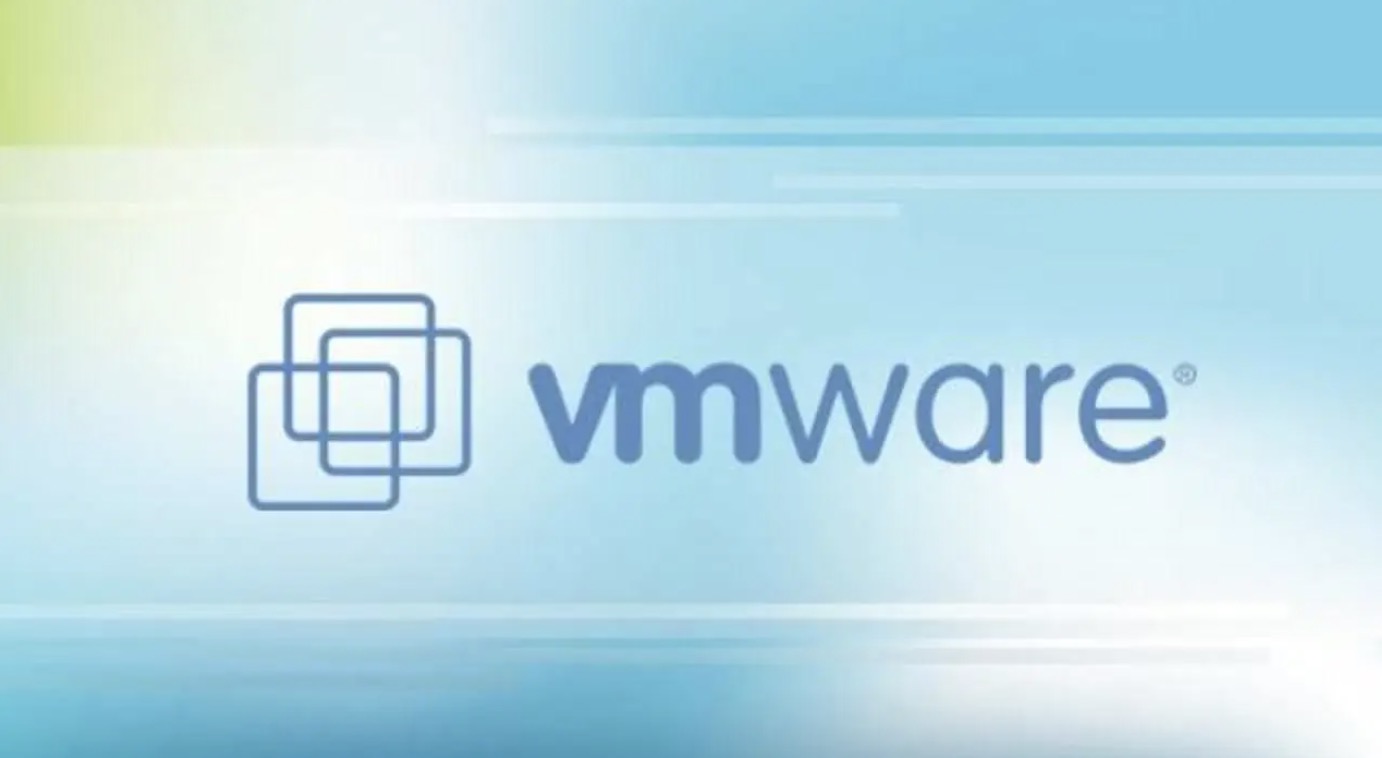Do you want to create a virtual machine on your Windows PC? You can use VMware to install other operating systems, including earlier versions of Windows and Linux, without having to dual-boot or format your hard drive. This minHour article teaches you how to create a new virtual machine in VMware on your PC.
Open VMware.
Installing a virtual operating system is much like installing it on a regular PC.
You will need to have the installation disc or ISO image as well as any necessary licenses for the operating system that you want to install.
- You can install most distributions of Linux as well as any version of Windows.
Create a new “typical” virtual machine.
You can create a new virtual machine in the File menu.
Here’s how:
- Click File.
- Click New Virtual Machine.
- Select Typical. VMware will prompt you to insert your installation media.
Choose your installation media.
Insert your installation media or choose an ISO location.
If VMware recognizes the operating system, it will enable Easy Installation. You can choose from any of these options:
- Physical disc – Insert the installation disc for the operating system you want to install and then select the drive in VMware.
- ISO image – Browse to the location of the ISO file on your computer.
- Install operating system later. This will create a blank virtual disk. You will need to manually install the operating system later.
Enter your operating system details.
You’ll be prompted to set up the new operating system.
For Windows and other licensed operating systems, you will need to enter your product key. You will also need to enter your preferred username and a password if you want one.
- If you are not using Easy Install, you will need to browse the list for the operating system you are installing.
Name your virtual machine.
The name will help you identify it on your physical computer.
It will also help distinguish between multiple virtual computers running different operating systems.
Set the disk size.
You can allocate any amount of free space on your drive to the virtual machine.
The space you allocate will act as the installed operating system’s hard drive. Make sure to set enough to install any programs that you want to run in the virtual machine.
Customize your virtual hardware.
You can set the virtual machine to emulate specific hardware by clicking the “Customize Hardware” button.
This can be useful if you are trying to run an older program that only supports certain hardware. Setting this is optional.
Set the virtual machine to start.
Check the box labeled “Power on this virtual machine after creation” to launch the virtual machine instantly.
If you don’t check this box, you can select your virtual machine from the list in VMware and click the Power On button.
Wait for your installation to complete.
Once you’ve powered on the virtual machine for the first time, the OS will install automatically.
If you provided all of the correct information during the setup of the virtual machine, then you should not have to do anything.
- If you didn’t enter your product key or create a username during the virtual machine setup, you will most likely be prompted during the installation of the operating system.
Make sure you have VMware Tools.
Check that VMware Tools is installed
Once the operating system is installed, the program VMware Tools should be automatically installed. Check that it appears on the desktop or in the program files for the newly installed operating system.
- VMware tools are configuration options for your virtual machine, and keeps your virtual machine up to date with any software changes.
